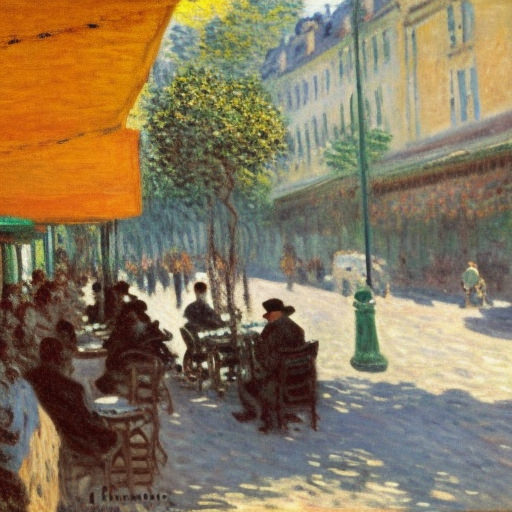As the winter air turns crisp and the days grow shorter, the simple act of sharing a warm cup of espresso can become a cherished ritual of romance and connection. Sunset Espressos are more than a beverage; they’re a shared journey into the heart of winter’s peaceful evenings. I thought it would be fun to explore how to plan and enjoy these intimate coffee rituals, transforming the long, cold nights into cozy, memorable experiences with your significant other. Here are the steps that I hope work for you:
Plan ahead for the evening together: Begin by choosing a night for your Sunset Espresso date. Consider this time sacred, an opportunity to unwind and connect. Mark it in your calendars and look forward to this special evening all week. A surprise isn’t bad but carries with it some anxiousness if things will work out rather than it being something shared.
Ambience is key: Transform your space into a cozy, intimate setting. Dim the lights, light scented candles, and perhaps even arrange a comfortable seating area with plush cushions and a soft blanket. The right atmosphere can make all the difference in setting a romantic mood.
Take your time finding the ideal brew: Pick a coffee blend that both of you love. A medium or dark roast with rich, smooth flavors is perfect for a winter evening. If you have an espresso machine, take turns crafting the perfect shot for each other, adding a personal touch to the experience.
A touch of sweetening may be in order: Add a special twist to your espresso with a dash of cinnamon, nutmeg, or a hint of vanilla spice or syrups. These sweet and spicy additions not only enhance the flavor but also add a comforting and romantic touch to your drinks.
Slow down and be mindful of the experience: Share your espresso together in a relaxed, intimate manner. Focus on the warmth of the cup, the aroma of the coffee, and the shared experience of each sip. These quiet moments can foster a deeper connection and appreciation for one another.
Don’t forget you have options to pair with your drink: Prepare a small, delightful treat to accompany your espresso. This could be anything from homemade cookies to fine chocolates. Sharing food adds an extra layer of intimacy to your coffee ritual.
Don’t forget to talk: Whether you choose to engage in deep conversation, share stories of your day, or simply enjoy each other’s company in silence, make sure the focus is on being present with one another, away from the distractions of daily life. Perhaps express gratitude for each other and the time you are spending together. Sharing what you appreciate about one another can be a powerful way to deepen your bond
Music is a nice touch: Play a playlist of songs that are meaningful to both of you. The right music can set a romantic tone, evoke shared memories, and enhance the overall experience.
Sunset Espressos should be a celebration of love, warmth, and connection during the cold winter nights. By planning ahead and creating a romantic setting, these coffee rituals can become a cherished part of your relationship, bringing you closer and making each moment spent together truly special.
Please note that if you purchase from clicking on the link, some will result in my getting a tiny bit of that sale to help keep this site going. If you enjoy my work, perhaps you would consider donating to my daily cup of coffee, thank you.



